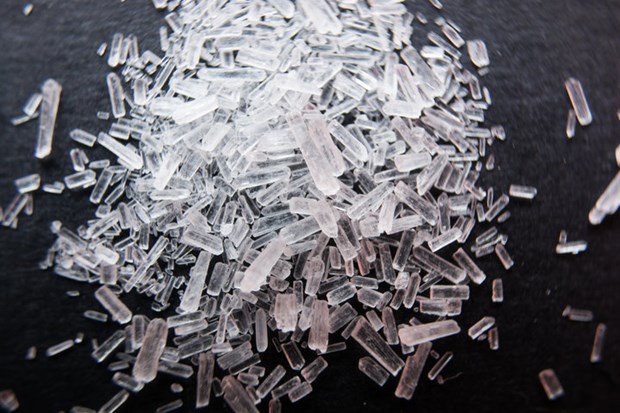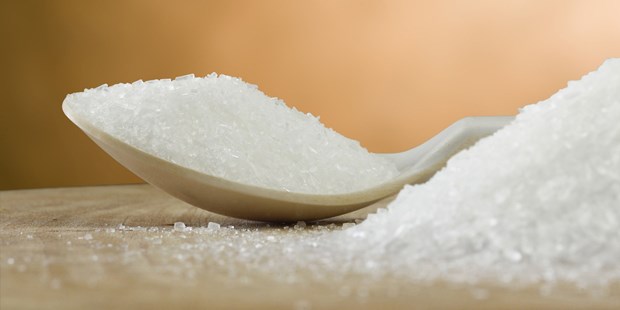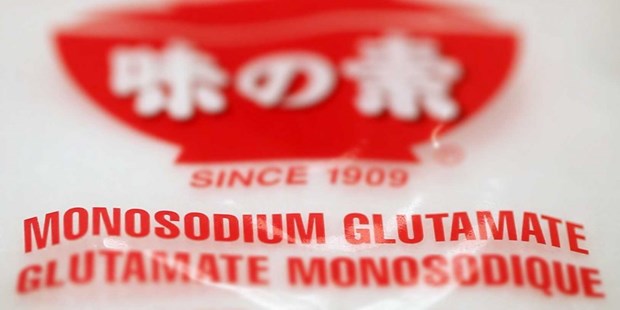
Tevarak via Getty Images.
MSG
is one of the most notorious ingredients in the United States. The Japanese
ingredient that’s commonly used in Chinese restaurants stateside, has been
blamed for making people feel ill with symptoms ranging from headaches to
asthma. (This reaction came to be known as Chinese Restaurant Syndrome.)
Many
studies have been done to determine a relationship between the consumption of
MSG and the symptoms that comprise the syndrome mentioned above, but they have
failed to find a link.
But
that’s not what we’re here to talk about today. We’re here to get to the bottom
of what this controversial ingredient actually is.

Photo of Epicurious.
What is MSG?
MSG,
which stands for monosodium glutamate, is the sodium salt of glutamic acid.
Glutamic acid is actually a common amino acid that occurs naturally in a range
of foods like parmesan, tomatoes and dried mushrooms, and it’s what makes those
foods taste so flavorful and good. It’s also found human breast milk.
At
the turn of the 20th century, a Japanese scientist ― more on him later ―
discovered a way to isolate that glutamic acid in food and stabilize it with
salt. This allowed the glutamic acid to be turned into a crystal you can shake
onto your food.
MSG
has an intense umami quality ― umami is essentially a savory flavor that
doesn’t fall into the salty, sweet, sour or bitter categories of taste. It is
basically umami in crystalline form.
How was it
discovered?
MSG
was discovered by Kikunae Ikeda, a University of Tokyo chemistry professor, in
1908. Ikeda was interested in what made dashi, a seaweed broth common in
Japanese cuisine, so tasty. Ikeda studied the broth and in 1907 successfully
isolated the chemical that is responsible for its umami flavor, which is
monosodium glutamate. He patented the method for extracting MSG and got into
the market of selling MSG commercially. His brand, Aji-no-moto, is still
popular today.
Ikeda
was also responsible for coining the word umami and its concept as a fifth taste.

MSG, produced by Ahi-no-moto.
MSG’s place in
kitchens today
Some
of the best chefs today, running some of the best restaurants in the country,
use MSG. In fact, Grant Achatz of Alinea in Chicago says it’s one of his top
three kitchen staples. David Chang, chef of the Momofuku restaurants, not only
uses it in his kitchens but devoted a whole 20-minute talk to the ingredient at
the MAD Symposium, a conference focused on food topics held in Denmark.
Many
home chefs still stay away from the ingredient, often for fear of potential
adverse effects, and also because with so many foods at their disposal that
have the same umami effect like the aforementioned parmesan and dried
mushrooms, they can get by without it.
By Julie R.
Thomson/ HuffPost